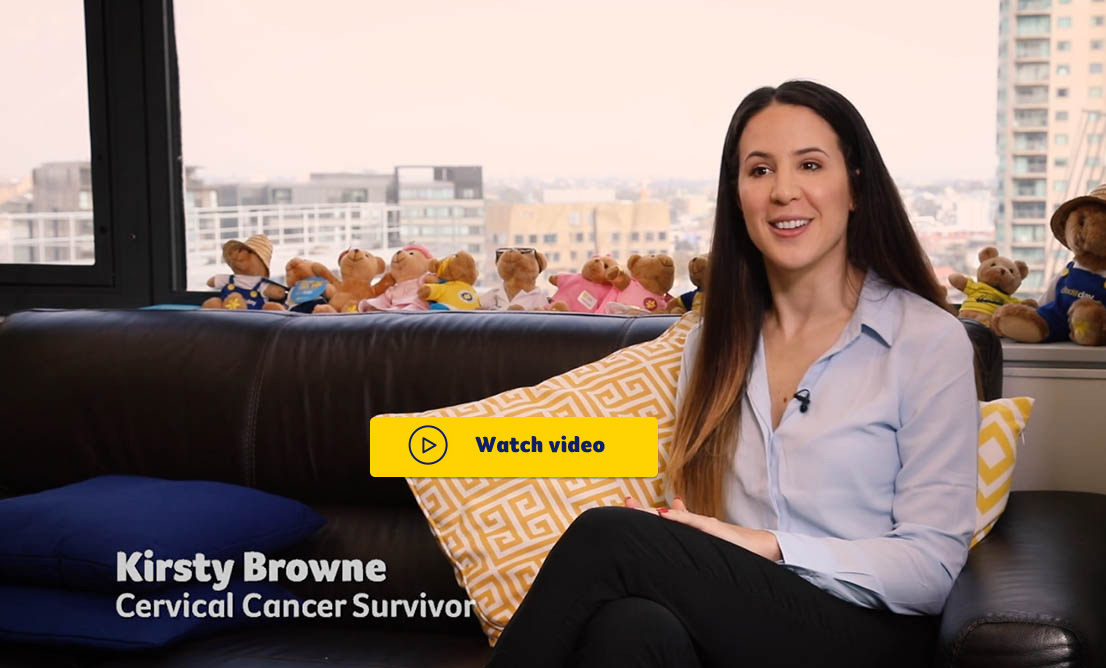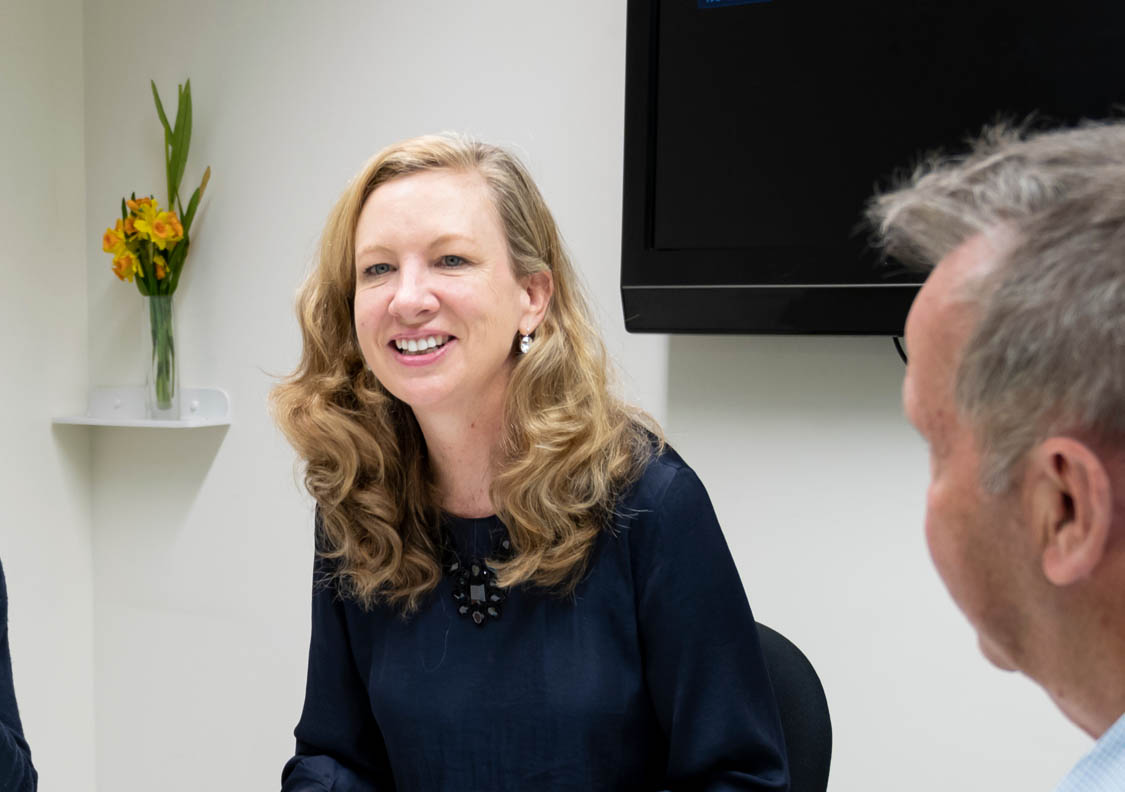
Cervical cancer survivor Kirsty, and her family. Image: Chris O'Brien, Lifehouse.
Cervical cancer is the fourth most common cancer affecting women worldwide. In Australia, around 930 women are expected to be diagnosed with cervical cancer this year and around 250 women will die.
Thanks to people like you, Australia is set to be the first country in the world to eliminate cervical cancer as a public health problem by 2035.
By funding life-saving cancer research, you’ve enabled researchers to find better ways to prevent cervical cancer. This involves Australia’s world-first HPV vaccine and our new national screening program.
“Cervical cancer has impacted nearly every aspect of my life," said cervical cancer survivour, Kirsty.
"Because I had an aggressive form of cervical cancer, the best option was to cut my uterus in half. It was quite scary to have what felt like my womanhood cut out and to be told that when I came around, I might be infertile.”
Watch Kirsty's remarkable story in this short video.

World-leading research you helped fund
Cancer Council researcher Professor Karen Canfell said Australia has led the way on cervical cancer prevention.
“On the back of Australian research, we were the first country in the world to deliver a nationally funded HPV vaccination program,” she said.

Cancer Council researcher Professor Karen Canfell.
This world-first program has already had a significant impact, with new infections of the vaccine-targeted HPV types dropping dramatically amongst young Australians.
Whilst the National HPV Vaccination Program will save millions of lives in the future, it is important to recognise that the vaccine can only prevent HPV infection. So, how do we address the risk of cervical cancer in the many women who have already been exposed to the virus?
The answer is cervical screening.
A new and more effective screening test
While the introduction of the Pap smear test has been incredibly successful, there are women around Australia celebrating its end.
The research that you helped fund at Cancer Council led to the launch of a new targeted screening program. While the procedure is similar to a Pap test, the new cervical screening test looks for the presence of HPV, thereby identifying women who could be at risk of cervical cancer earlier.
The new test only needs to be completed every five years, reducing the number of tests a woman will need in her lifetime.
Professor Canfell explains the research behind the new screening test.
“We looked at hundreds of possible scenarios – for example what type of vaccine is used, how often we screen, age of screening, how women are managed in terms of positive results,” she said. “These large numbers of scenarios are impossible to assess in clinical trials, so the information provided by this modelling is essential.
“The research showed that delivery of a targeted HPV screening program instead of using the more general Pap test would reduce cervical cancer incidence and deaths by a further 20–30% over the long term in Australian women.
“The success we have achieved in the past, as well as the promise for the future, has been a great showcase for how organisations like Cancer Council can work with other researchers and governments in Australia and around the world to improve health outcomes.”
The journey to eliminating cervical cancer
1980s
German researchers show that most cases of cervical cancer are caused by a common virus called the human papillomavirus (HPV).
1990s
Thanks to donors funding several Cancer Council grants, Australian researchers Professor Ian Frazer and Dr Jian Zhou begin developing a vaccine for HPV.
1991
National Cervical Screening Program launches across Australia. Regular Pap smear tests every two years help reduce cervical cancer rates by 50% in women aged 25 years and over.
1998
Professor Frazer and Dr Zhou successfully conduct the first clinical trials of their HPV vaccine.
2005
Funded by Cancer Council supporters, Professor Karen Canfell and her team start looking at improving Australia’s cervical screening program, considering HPV vaccination and new screening methods.
2007
Australia introduces a National HPV Vaccination Program, initially to high school girls and women up to age 26. It’s now provided to boys and girls at high school to protect them against HPV related cancers.
2017
Professor Canfell and her team’s research underpins a new cervical screening program, which is introduced in Australia.
2019
Research from Cancer Council and the International Agency for Research on Cancer predict cervical cancer could be eliminated as a public health problem by 2100 in most countries globally. This depends on widespread HPV vaccination and cervical screening from 2020 onwards.